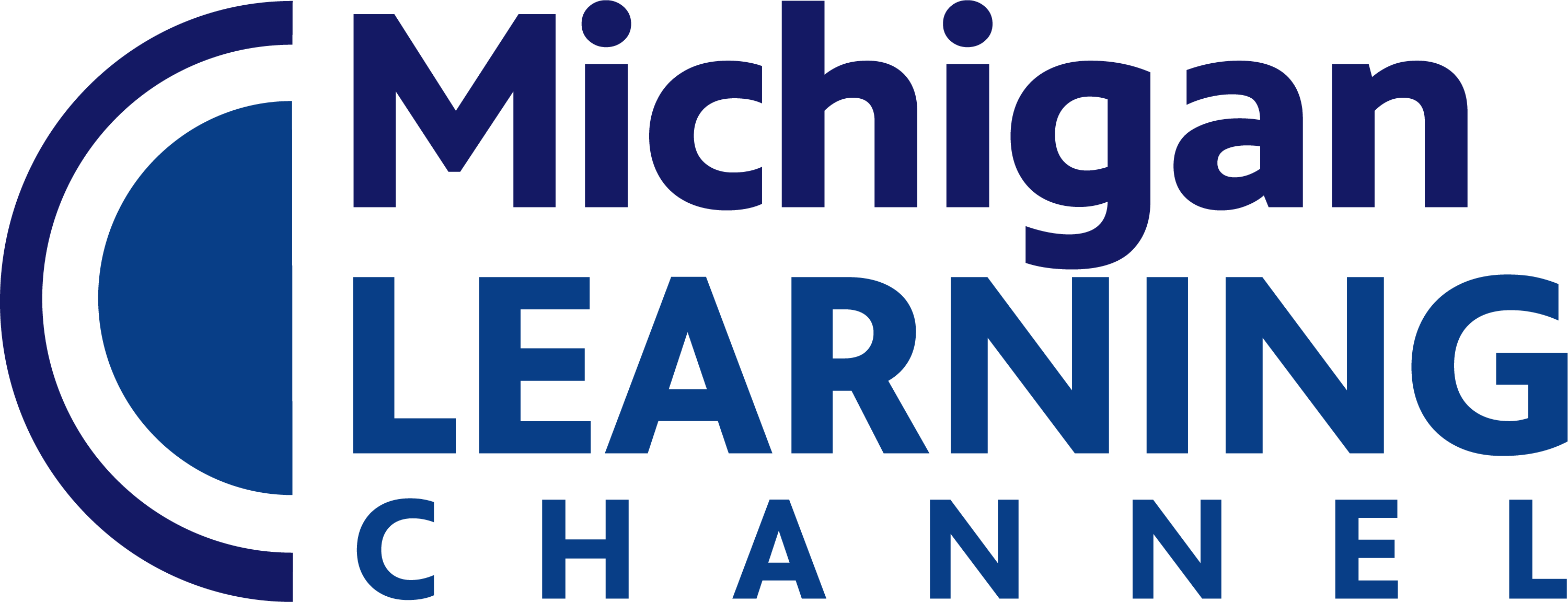Subjects
Shows
Gather relevant information from multiple authoritative print and digital sources, using advanced searches effectively; assess the usefulness of each source [...]
Draw evidence from informational texts to support analysis, reflection, and research.
Cite specific textual evidence to support analysis of science and technical texts, attending to the precise details of explanations or [...]
By the end of grade 10, read and comprehend science/technical texts in the grades 9–10 text complexity band independently and [...]
Determine the central ideas or conclusions of a text; trace the text’s explanation or depiction of a complex process, phenomenon, [...]
Follow precisely a complex multistep procedure when carrying out experiments, taking measurements, or performing technical tasks attending to special cases [...]
Determine the meaning of symbols, key terms, and other domain-specific words and phrases as they are used in a specific [...]
Analyze the structure of the relationships among concepts in a text, including relationships among key terms (e.g., force, friction, reaction [...]
Analyze the author’s purpose in providing an explanation, describing a procedure, or discussing an experiment in a text, defining the [...]
Translate quantitative or technical information expressed in words in a text into visual form (e.g., a table or chart) and [...]
Assess the extent to which the reasoning and evidence in a text support the author’s claim or a recommendation for [...]
Compare and contrast findings presented in a text to those from other sources (including their own experiments), noting when the [...]
Write routinely over extended time frames (time for reflection and revision) and shorter time frames (a single sitting or a [...]
Introduce precise claim(s), distinguish the claim(s) from alternate or opposing claims, and create an organization that establishes clear relationships among [...]
Develop claim(s) and counterclaims fairly, supplying data and evidence for each while pointing out the strengths and limitations of both [...]
Use words, phrases, and clauses to link the major sections of the text, create cohesion, and clarify the relationships between [...]
Establish and maintain a formal style and objective tone while attending to the norms and conventions of the discipline in [...]
Provide a concluding statement or section that follows from or supports the argument presented.
Write informative/explanatory texts, including the narration of historical events, scientific procedures/ experiments, or technical processes.
Introduce a topic and organize ideas, concepts, and information to make important connections and distinctions; include formatting (e.g., headings), graphics [...]
Develop the topic with well-chosen, relevant, and sufficient facts, extended definitions, concrete details, quotations, or other information and examples appropriate [...]
Write and edit work so that it conforms to the guidelines in a style manual (e.g., MLA Handbook, Turabian’s Manual [...]
Determine or clarify the meaning of unknown and multiple-meaning words and phrases based on grades 9–10 reading and content, choosing [...]
Use context (e.g., the overall meaning of a sentence, paragraph, or text; a word’s position or function in a sentence) [...]
Identify and correctly use patterns of word changes that indicate different meanings or parts of speech (e.g., analyze, analysis, analytical; [...]
Consult general and specialized reference materials (e.g., dictionaries, glossaries, thesauruses), both print and digital, to find the pronunciation of a [...]
Verify the preliminary determination of the meaning of a word or phrase (e.g., by checking the inferred meaning in context [...]
Demonstrate understanding of figurative language, word relationships, and nuances in word meanings.
Interpret figures of speech (e.g., satire, sarcasm) in context and analyze their role in the text.
Analyze nuances in the meaning of words with similar denotations.
Acquire and use accurately general academic and domain-specific words and phrases, sufficient for reading, writing, speaking, and listening at the [...]
Cite specific textual evidence to support analysis of primary and secondary sources, attending to such features as the date and [...]
By the end of grade 10, read and comprehend history/social studies texts in the grades 9–10 text complexity band independently [...]
Determine the central ideas or information of a primary or secondary source; provide an accurate summary of how key events [...]
Analyze in detail a series of events described in a text; determine whether earlier events caused later ones or simply [...]
Determine the meaning of words and phrases as they are used in a text, including vocabulary describing political, social, or [...]
Analyze how a text uses structure to emphasize key points or advance an explanation or analysis
Compare the point of view of two or more authors for how they treat the same or similar topics, including [...]
Integrate quantitative or technical analysis (e.g., charts, research data) with qualitative analysis in print or digital text.
Assess the extent to which the reasoning and evidence in a text support the author’s claims.
Compare and contrast treatments of the same topic in several primary and secondary sources.
Apply grades 9–10 Reading standards to literature(e.g., “Analyze how an author draws on and transforms source material in a specific [...]
Apply grades 9–10 Reading standards to literary nonfiction (e.g., “Delineate and evaluate the argument and specific claims in a text, [...]
Initiate and participate effectively in a range of collaborative discussions (one-on-one, in groups, and teacher-led) with diverse partners on grades [...]
Come to discussions prepared, having read and researched material under study; explicitly draw on that preparation by referring to evidence [...]
Work with peers to set rules for collegial discussions and decision-making (e.g., informal consensus, taking votes on key issues, presentation [...]
Propel conversations by posing and responding to questions that relate the current discussion to broader themes or larger ideas; actively [...]
Respond thoughtfully to diverse perspectives, summarize points of agreement and disagreement, and, when warranted, qualify or justify their own views [...]
Integrate multiple sources of information presented in diverse media or formats (e.g., visually, quantitatively, orally) evaluating the credibility and accuracy [...]
Subjects
Shows
Gather relevant information from multiple authoritative print and digital sources, using advanced searches effectively; assess the usefulness of each source [...]
Draw evidence from informational texts to support analysis, reflection, and research.
Cite specific textual evidence to support analysis of science and technical texts, attending to the precise details of explanations or [...]
By the end of grade 10, read and comprehend science/technical texts in the grades 9–10 text complexity band independently and [...]
Determine the central ideas or conclusions of a text; trace the text’s explanation or depiction of a complex process, phenomenon, [...]
Follow precisely a complex multistep procedure when carrying out experiments, taking measurements, or performing technical tasks attending to special cases [...]
Determine the meaning of symbols, key terms, and other domain-specific words and phrases as they are used in a specific [...]
Analyze the structure of the relationships among concepts in a text, including relationships among key terms (e.g., force, friction, reaction [...]
Analyze the author’s purpose in providing an explanation, describing a procedure, or discussing an experiment in a text, defining the [...]
Translate quantitative or technical information expressed in words in a text into visual form (e.g., a table or chart) and [...]
Assess the extent to which the reasoning and evidence in a text support the author’s claim or a recommendation for [...]
Compare and contrast findings presented in a text to those from other sources (including their own experiments), noting when the [...]
Write routinely over extended time frames (time for reflection and revision) and shorter time frames (a single sitting or a [...]
Introduce precise claim(s), distinguish the claim(s) from alternate or opposing claims, and create an organization that establishes clear relationships among [...]
Develop claim(s) and counterclaims fairly, supplying data and evidence for each while pointing out the strengths and limitations of both [...]
Use words, phrases, and clauses to link the major sections of the text, create cohesion, and clarify the relationships between [...]
Establish and maintain a formal style and objective tone while attending to the norms and conventions of the discipline in [...]
Provide a concluding statement or section that follows from or supports the argument presented.
Write informative/explanatory texts, including the narration of historical events, scientific procedures/ experiments, or technical processes.
Introduce a topic and organize ideas, concepts, and information to make important connections and distinctions; include formatting (e.g., headings), graphics [...]
Develop the topic with well-chosen, relevant, and sufficient facts, extended definitions, concrete details, quotations, or other information and examples appropriate [...]
Write and edit work so that it conforms to the guidelines in a style manual (e.g., MLA Handbook, Turabian’s Manual [...]
Determine or clarify the meaning of unknown and multiple-meaning words and phrases based on grades 9–10 reading and content, choosing [...]
Use context (e.g., the overall meaning of a sentence, paragraph, or text; a word’s position or function in a sentence) [...]
Identify and correctly use patterns of word changes that indicate different meanings or parts of speech (e.g., analyze, analysis, analytical; [...]
Consult general and specialized reference materials (e.g., dictionaries, glossaries, thesauruses), both print and digital, to find the pronunciation of a [...]
Verify the preliminary determination of the meaning of a word or phrase (e.g., by checking the inferred meaning in context [...]
Demonstrate understanding of figurative language, word relationships, and nuances in word meanings.
Interpret figures of speech (e.g., satire, sarcasm) in context and analyze their role in the text.
Analyze nuances in the meaning of words with similar denotations.
Acquire and use accurately general academic and domain-specific words and phrases, sufficient for reading, writing, speaking, and listening at the [...]
Cite specific textual evidence to support analysis of primary and secondary sources, attending to such features as the date and [...]
By the end of grade 10, read and comprehend history/social studies texts in the grades 9–10 text complexity band independently [...]
Determine the central ideas or information of a primary or secondary source; provide an accurate summary of how key events [...]
Analyze in detail a series of events described in a text; determine whether earlier events caused later ones or simply [...]
Determine the meaning of words and phrases as they are used in a text, including vocabulary describing political, social, or [...]
Analyze how a text uses structure to emphasize key points or advance an explanation or analysis
Compare the point of view of two or more authors for how they treat the same or similar topics, including [...]
Integrate quantitative or technical analysis (e.g., charts, research data) with qualitative analysis in print or digital text.
Assess the extent to which the reasoning and evidence in a text support the author’s claims.
Compare and contrast treatments of the same topic in several primary and secondary sources.
Apply grades 9–10 Reading standards to literature(e.g., “Analyze how an author draws on and transforms source material in a specific [...]
Apply grades 9–10 Reading standards to literary nonfiction (e.g., “Delineate and evaluate the argument and specific claims in a text, [...]
Initiate and participate effectively in a range of collaborative discussions (one-on-one, in groups, and teacher-led) with diverse partners on grades [...]
Come to discussions prepared, having read and researched material under study; explicitly draw on that preparation by referring to evidence [...]
Work with peers to set rules for collegial discussions and decision-making (e.g., informal consensus, taking votes on key issues, presentation [...]
Propel conversations by posing and responding to questions that relate the current discussion to broader themes or larger ideas; actively [...]
Respond thoughtfully to diverse perspectives, summarize points of agreement and disagreement, and, when warranted, qualify or justify their own views [...]
Integrate multiple sources of information presented in diverse media or formats (e.g., visually, quantitatively, orally) evaluating the credibility and accuracy [...]


